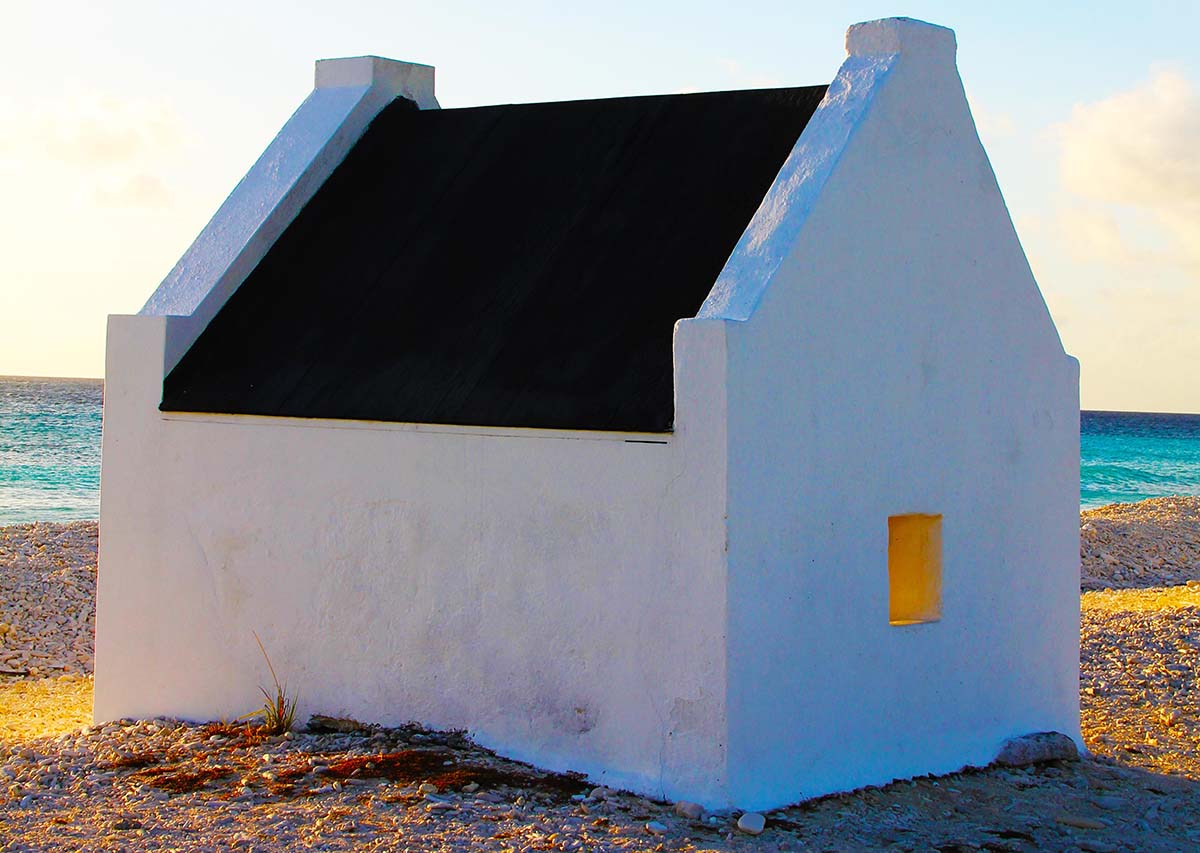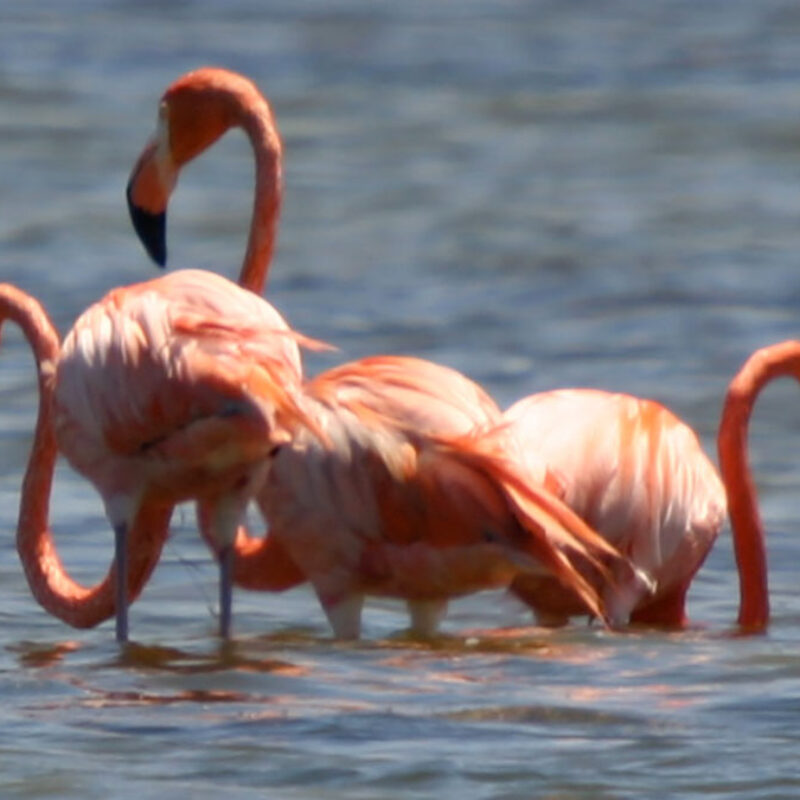Exploring South Bonaire
Exploring the South of Bonaire: Salt Pans, Pink Beach, and Kitesurfing
We usually combine southern Bonaire adventures with a lazy morning swim in front of the villa at Something Special, our very own house reef. Afterward, we head back for a homemade breakfast in the well-equipped kitchen, which is always stocked with everything we need to start the day right.
Once we’ve fueled up, it’s time to hop in the car and head south along the coastline. The first major landmark you’ll see are the Bonaire Salt Pans, their waters glowing a brilliant pink and white under the Caribbean sun. The contrast of the salt flats with the deep blue sea makes for an otherworldly view, and it’s an absolute must for some quick photos.
A little further down the coast is Pink Beach. Although the beach no longer has the bright pink glow it was famous for (due to Hurricane Lenny in 1999), it’s still a fantastic place to stop for a quick snorkel. The coral and marine life here are stunning, and it’s always a peaceful spot to spend some time.
Next, you’ll come across the white slave huts, tiny whitewashed structures that stand as a poignant reminder of Bonaire’s past. It’s an important historical site, and we often take a moment to reflect on its significance as we continue our drive.
As we round the corner, we often start spotting the colorful kites in the sky—a sure sign that we’re approaching Atlantis Beach, one of the island’s premier kitesurfing spots. Whether we’re just watching from the shore or booking a lesson ourselves, it’s always an exciting stop. There’s also a food truck here, perfect if you’re craving a quick bite before getting back on the road.
Just past Atlantis Beach, keep your eyes peeled for flamingos at the Pekelmeer Flamingo Sanctuary. This sanctuary is one of the best places to spot Bonaire’s iconic pink flamingos in their natural habitat, wading gracefully through the shallow waters.
Further along, you’ll come to the red slave huts, another point of historical interest. These huts, like the white ones, are a sobering reminder of Bonaire’s history, and we always take a few minutes to stop and reflect.
Driving past the Willemstoren Lighthouse, the oldest lighthouse on the island, we continue heading north to explore more historical artifacts like the old windmills. This part of the island, known as the “wild side” of Bonaire, is full of sculptures made from driftwood and rocks. It’s a rugged and untouched part of the island that offers a completely different vibe.
After all that exploring, we finish the day at Jibe City. It’s the perfect spot to relax with some sangria and food at the Hangout Bar, watching the windsurfers gliding across the shallow waters of Lac Bay. It’s the kind of place where you can just sink into the island’s relaxed atmosphere and soak up the last rays of the day.





